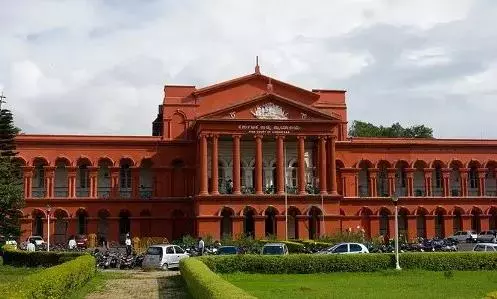
Centre slams 'X' for calling ‘Sahyog’ censorship tool, defends IT Act in Karnataka HC

Bengaluru, Mar 29 (PTI) The Centre has strongly objected to social media platform X’s characterisation of the 'Sahyog' portal as a “censorship” tool, calling the claim both “unfortunate” and “condemnable.” In a detailed response submitted before the Karnataka High Court, the Centre countered the claims made by X Corp in its petition challenging India’s information-blocking framework.
The government asserted that the petitioner had misinterpreted the provisions of the Information Technology (IT) Act, particularly Sections 69A and 79(3)(b).
X Corp has argued that Section 79(3)(b) does not authorise the government to issue content-blocking orders in a manner that bypasses the safeguards outlined in Section 69A, its corresponding blocking rules, and the Supreme Court’s ruling in the Shreya Singhal case.
However, the government contended that Section 69A explicitly allows the Centre to issue blocking orders under specific conditions and provides multiple safeguards for online content restriction.
It stated that this section differs significantly from Section 79(3)(b), which only requires intermediaries to fulfill their due diligence obligations upon receiving notices from authorised agencies.
“The Section 79 framework does not authorise ‘blocking orders.’ Instead, it merely notifies intermediaries of their responsibilities. If they fail to comply, they risk losing safe harbor protections and facing action under Rule 7 of the IT Rules, 2021,” the government clarified.
It further argued that Section 69A empowers the government to block access to information with legal consequences for non-compliance, whereas Section 79 determines the conditions under which intermediaries can claim safe harbour protection.
According to the government, X Corp had incorrectly equated the “blocking orders” issued under Section 69A with the “notices” issued under Section 79(3)(b), despite the Supreme Court previously distinguishing between the two in the Shreya Singhal case.
Addressing concerns raised by X, the government defended the Sahyog portal, describing it as a facilitative mechanism designed to streamline coordination between intermediaries and law enforcement agencies.
The Centre asserted that the portal provides a structured platform to ensure swift action against unlawful online content and benefits both intermediaries and investigative authorities.
“It is misleading to label Sahyog as a censorship tool. By doing so, the petitioner is wrongfully presenting itself as a content creator rather than an intermediary. Such an assertion from a global platform like X is deeply regrettable and unacceptable,” the statement read.
The government also pointed out that X, being a foreign commercial entity, has no inherent right to host or defend third-party content on its platform.
It emphasised that in an earlier case brought by Twitter, the Karnataka HC had explicitly ruled that Articles 19 and 21 of the Indian Constitution do not apply to the company.
With its latest submission, the Centre has reinforced its stance that the existing legal framework on information blocking is well-defined and distinct, rejecting claims of government overreach.
‘Sahyog’ according to its website, has been developed to automate the process of sending notices to intermediaries by the Appropriate Government or its agency under IT Act, 2000 to facilitate the removal or disabling of access to any information, data or communication link being used to commit an unlawful act. PTI

